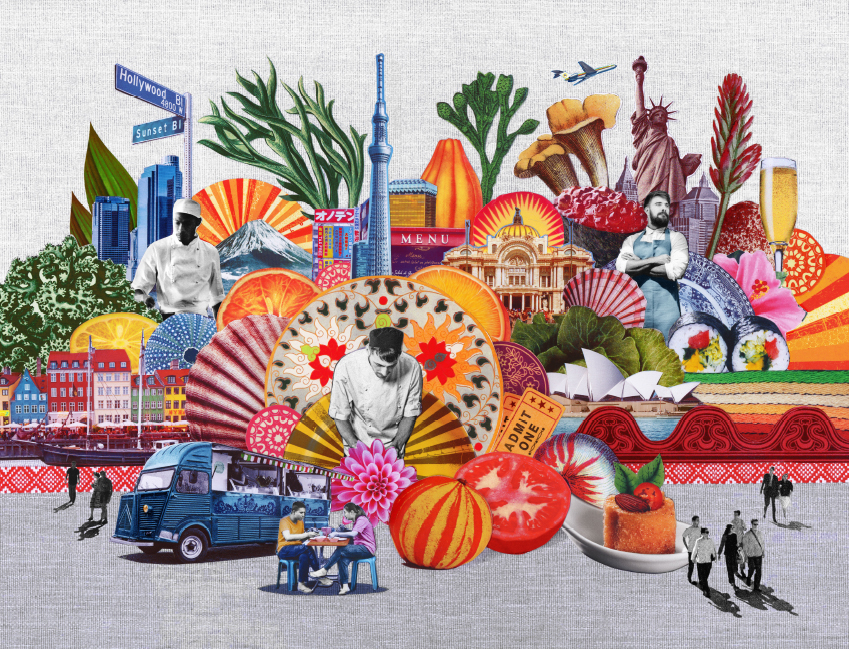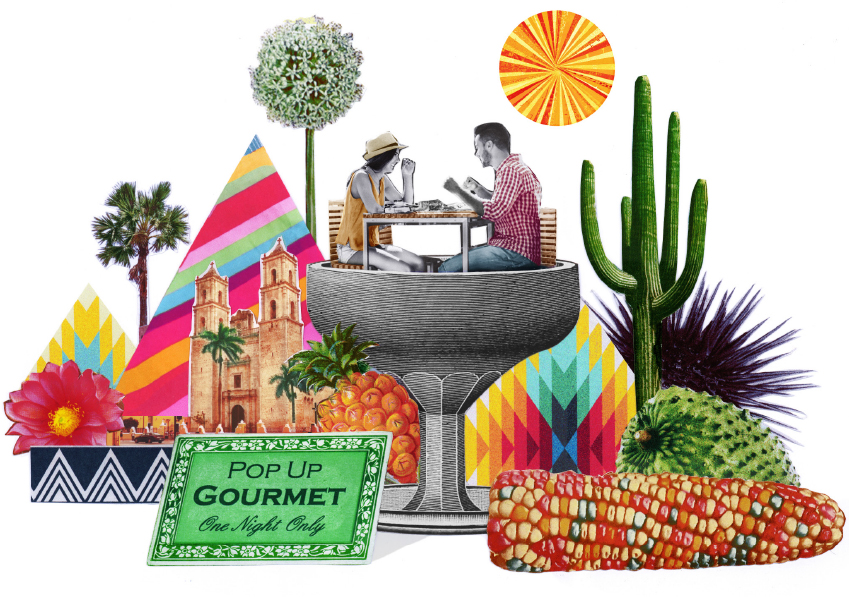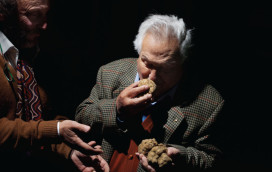In the fall of 2016, the food world was set ablaze with the news that Noma, the restaurant in Copenhagen that had topped the World’s 50 Best Restaurants list for four years, would be closing at the end of the year. Essays and memorials were penned. Food obsessives booked flights to Copenhagen to pay homage to chef René Redzepi’s particular type of cooking – a genre that can now be described as “new Nordic cuisine” – for the final time. Fans watched over social media as the restaurant plated its final dishes, finished its last service, and ceremoniously took down the sign outside its doors.
But in the spring of 2017, Noma started appearing again in geotags and social-media feeds, in essays and reviews. It wasn’t the Noma that had closed in Copenhagen, but Noma Mexico, a pop-up in Tulum where the staff were adapting its particular brand of local, experimental cooking to their new region. They had swapped their sea buckthorns and elderflowers for jackfruit and guanábana fruit, and for the next three months, they would create a new kind of Noma experience, halfway across the world and in a completely different environment.
This wasn’t Noma’s first pop-up; in 2015, its chefs pulled up stakes and relocated to Tokyo for three months, and in 2016, to Australia. Other high-profile chefs, too, have started popping up across the world. Ludo Lefebvre, now of Trois Mec, Petit Trois and Trois Familia in Los Angeles, hosted the LudoBites pop-ups back in 2010. The famed New York City restaurant Le Cirque went on tour in 2012, popping up in private spaces in Orlando, Chicago, Houston, and more. The St. Regis San Francisco hosted an eight-week pop-up called The Grill in March 2016, before it was eventually made a permanent fixture at the hotel. And events like the Grand Gelinaz! Shuffle put an international machine behind the pop-up concept, flying top chefs from all corners of the globe across the world to host dinners in their counterparts’ kitchens for one night only.
How did we get here? Why do these Michelin-starred chefs leave the comforts of their gleaming kitchens and devoted clientele to pop up somewhere entirely new? Undercover eating and drinking clubs are hardly new; the first ones appeared in London in 1899, in response to a new law that forced pubs and restaurants to close just after midnight. The opening of private clubs allowed restaurateurs to keep plying their patrons with food and drink all night, in the same way that, when Prohibition began in the United States, supper clubs were an under-the-radar way to serve alcohol. These clubs were, by nature, transitory and elusive, gathering people together for fun and consumption in defiance of societal norms.
The modern pop-up restaurant held on to its whiff of counterculture and the underground for years, with chefs popping up in abandoned warehouses, art galleries, even wine cellars. It was only in 2008, when the financial crisis resulted in darkened storefronts, that landlords became more willing to let chefs use their spaces in exchange for buzz and foot traffic. And so the formalized pop-up was born.
There were benefits for everyone. For chefs, doing a pop-up was a lot less expensive than starting a restaurant from scratch. Social media made it easier than ever to speak directly to consumers, and selling tickets in advance generated hype and eliminated the need for an up-front investment in ingredients and labor. And the audience seemed to love it, too. Having already bought into the food-truck trend – sampling high-quality food from the roadside – they had already developed a palate for the hot and the new, for enjoying food outside places with which it had traditionally been associated.
As the restaurant environments became ever more innovative, so too did the cooking. The ability to share quickly, online, around the world has created a milieu that is ripe for the exchange of ideas. Instead of having to go to a restaurant to see a new dish, or technique, or even what’s on the menu, chefs can read about it, share photos, direct-message each other, FaceTime each other. And the diners are right there alongside them, gazing at a certain restaurant’s famed dishes half a world away, writing about everything from the cutlery to the dessert cart on Yelp, reading lists and rankings of the hottest new trends, put out by mainstream publications, food blogs, and everything in between. All of a sudden, a chef in Melbourne has an audience in New York, and a chef friend itching to start a collaboration. A flight across the world and a few dinners in a friend’s kitchen is an opportunity for learning, for growth, and, in many instances, for profit.
This wave of pop-ups has resulted in even more innovation, more exploration, more experimentation in the culinary arena. And in an era when a younger generation of global foodies is actively seeking out new and unique dining experiences, we can be fully confident that it won’t be stopping any time soon.




